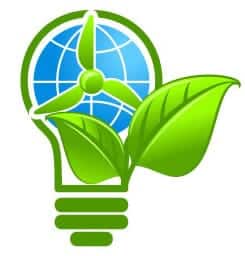Climate Change: Greenhouse Gas Quantification
We offer comprehensive greenhouse gas (GHG) quantification services and provide transparent, accurate data that reflects the amount of anthropogenic GHGs emitted.
Download an overview of our ESG and GHG Services here.
30+
Phase 1 milestone and final milestone reports; oil & gas, renewable energy, transmission, pipelines

Our greenhouse gas quantification services include:
GHG
Strategy
Advise on GHG emissions reduction strategy through displacement of grid electricity with renewable, wind-powered electricity generation. Provide annual GHG quantification services.
Offsets
Advisory
Provide annual GHG quantification services and advise on offset project to generate carbon credits and other GHG reporting requirements.
Contact us today to learn more about our GHG services.
Greenhouse Gas Reduction (GHR) FAQ
We support businesses with strategic and innovative climate change advisory services:
Learn more about our Climate Change Policy services
Learn more about our Greenhouse Gas Quantification services
Learn more about our Environmental, Social, & Governance services

About Solas Energy
Solas Energy provides comprehensive strategy and consulting services to support the energy transition. With over 115 GW of experience in project development, construction management, and climate change advisory, Solas Energy provides its clients with the depth and perspective required to navigate the complex issues associated with renewable energy project development and climate change policy.
Learn More


